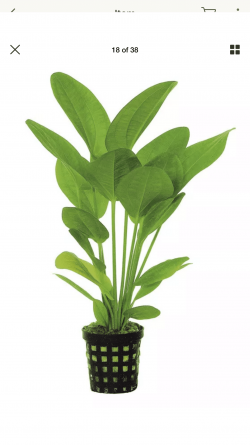We use to grow plants in 1 or 2 litre plastic icecream containers. You put an inch of gravel in the bottom of the container, then spread a thin layer of granulated garden fertiliser over the gravel. Put a 1/4inch (6mm) thick layer of red/ orange clay over the fertiliser. Dry the clay first and crush it into a powder. Then cover that with more gravel.
You put the plants in the gravel and as they grow, their roots hit the clay and fertiliser and they take off and go nuts. The clay stops the fertiliser leaching into the water.
You can smear silicon on the outside of the buckets and stick gravel or sand to them so it is less conspicuous. Or you can let algae grow on them and the containers turn green.
----------------------
If your plants are only lasting a few weeks then the plants are either not true aquatic plants or you are not providing them with enough light. Most true aquatic plants should live for years and grow rapidly.
Some good plants to try include Ambulia, Hygrophila polysperma, H. ruba/ rubra, Elodia/ Hydrilla, Ludwigia species, common Amazon sword plants, narrow Vallis, Water Sprite (Ceratopteris thalictroides/ cornuta).
The water sprite can grow on the surface or planted in the substrate. The other plants should be grown in gravel. All these plants do well when grown in pots with fertiliser and clay.


